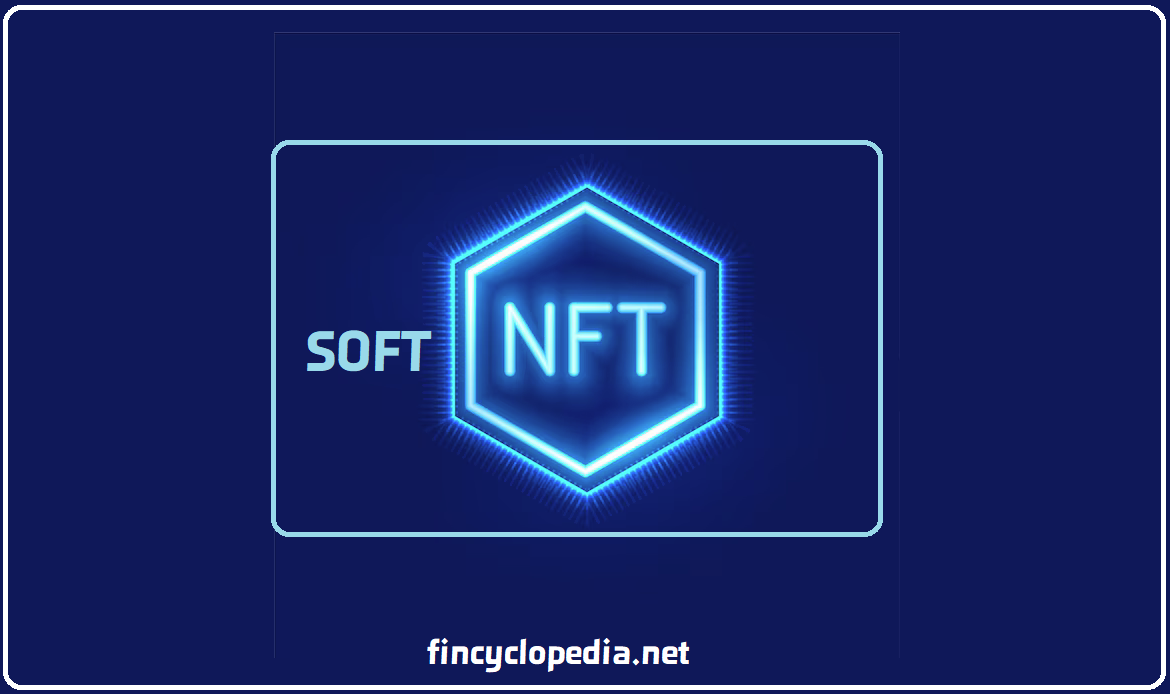
Concepts
A non-fungible token (NFT) is a type of cryptographic asset whose ownership is established by a unique digital certificate held as an entry on blockchain. Such assets represent something unique (with non-fungible features), and hence each non-fungible asset/ token has unique identification codes and metadata that set them apart from other assets on the blockchain. In contrast to cryptocurrency, non-fungible tokens are not mutually interchangeable, and consequently cannot be used as a medium of exchange for transactions. Examples include unique digital certificates that specify the owner of a certain form of digital assets such as photos, videos, texts, content, etc.
A crypto intangible asset can be defined as a digital asset that meets the criteria of an intangible asset. A digital asset is an asset created or resides on a distributed ledger (DL) based on blockchain (or similar) technology. It is secured through cryptography, and as such include, but is not limited to, all of the following: 1) cryptocurrencies (bitcoin and ether), 2) fiat currency tokens/ stablecoins that meet the definition of a financial asset (e.g. USDC), central bank digital currencies (CBDCs), non-fungible tokens (NFTs); and tokenized securities (e.g. a digital token representing a fractionalized portion in an underlying corporate bond).
However, the above-mentioned assets are not always crypto intangibles. For example, CBDCs are generally not crypto intangibles because CBDCs are broadly a digital, tokenized version of a country’s fiat currency (i.e. merely a digital representation of money, particularly in its cash form). Likewise, not all stablecoins are crypto intangibles; a stablecoin may, depending on its specific features, be a crypto intangible asset.
Answer:
Being a crypto intangible asset would depend on the rights and obligations arising from the tokenized assets or items, and the services that may be offered in association with such assets or items. In general, for the holder of NFTs, an NFT itself is not classified as a crypto intangible asset or otherwise. Instead, an the NFT holding has to be evaluated to account for its underlying rights and obligations (e.g. a right to use such as a license to another party’s IP, a right to a future service or a right to attend a future event). The nature of those rights and obligations will be the main elements in determining whether the underlying goods or services to which the NFT holder enjoys rights should be accounted for as a crypto intangible asset where the criteria of digital assets and intangible assets are met.



